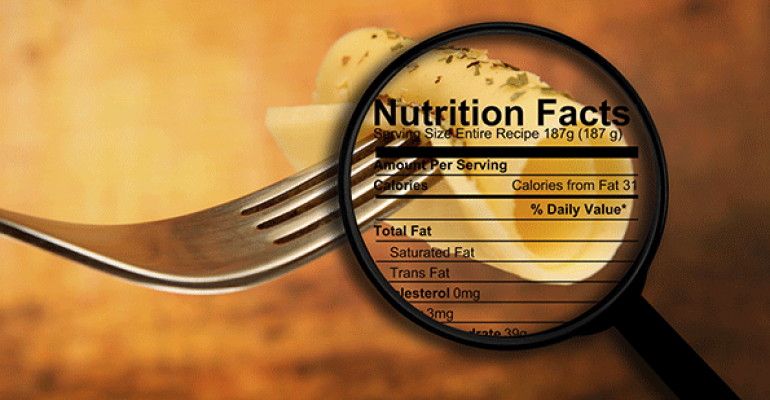 You don’t need to be a history major to remember Burger King’s “Have it Your Way” television commercial from the 1970s. It was a savvy move by the company to appeal to frustrated McDonald’s customers who found it hard to get (or get in a timely fashion) a burger that was customized to their taste preferences.
You don’t need to be a history major to remember Burger King’s “Have it Your Way” television commercial from the 1970s. It was a savvy move by the company to appeal to frustrated McDonald’s customers who found it hard to get (or get in a timely fashion) a burger that was customized to their taste preferences.
Burger King was light years ahead of the curve as today’s consumers are seeking customized food experiences at home, away from home and at the store.
Research shows many consumers — as part of their personal customization plan — are seeking simple food prepared simply. This phenomenon has been dubbed the “Clean Label Movement.” What does clean label mean? It can be difficult to define, but generally clean label consumers are:
- Seeking products that are minimally processed
- Buying products made with familiar and easy to pronounce ingredients
- Looking for products that do not contain artificial ingredients, preservatives and colors
In an effort to appeal to clean label consumers, companies like Panera and Safeway have announced they are banning more than 130 artificial ingredients and colors. General Mills and Kraft have made high profile clean label changes to their most popular product lines.
Giving consumers what they want is the hallmark of the fast moving consumer goods sector. However, it remains to be seen what impact the explosion of customized and clean label products will have on the food value chain, prices and profits.
Increased segmentation of the value chain to accommodate organic, non-GMO and clean label products is an expensive and time-consuming effort. If consumers are willing to pay more for those products, food companies are likely to recoup the cost of duplicative supply chains and perhaps increase profits. If not, food companies must absorb the cost, negatively impacting their bottom lines.
While clean label competition between brands and private label is good for consumers, it compounds the economic problems a proliferated value chain brings. More SKUs mean store shelves and warehouses can accommodate less inventory per product, as one example.
The late Jack Kemp, former Congressman and U.S. Secretary of Housing & Urban Development, believed fiercely in the economic notion that “a rising tide lifts all boats.” That is a good analogy for how manufacturers and retailers can prosper from the clean label movement. Collaboration — not competition — on supply chain modernization and consumer communication will improve clean label economics for national and store brands alike by increasing sales and making it easier to absorb the costs associated with clean label products.
If the clean label trend is here to stay, consumers, brands and private label products can all come out winners if food manufacturers and retailers develop a long-term blueprint for success, rather than rely merely on their short-term competitive instincts to win over demanding and sometimes finicky consumers.
| Suggested Categories | More from Supermarket News |
 |
|
 |
|





